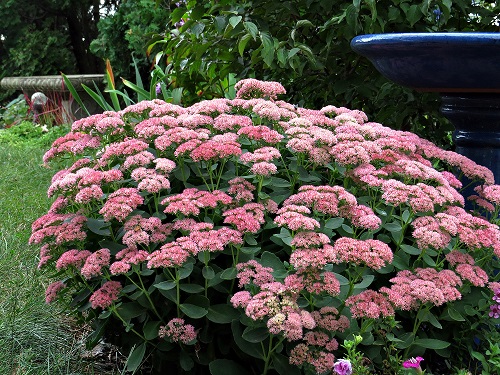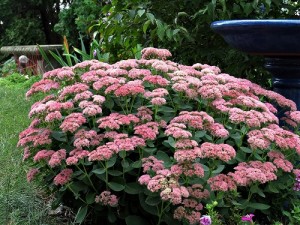Pruning can be intimidating, even for experienced gardeners. Where to make the cut, when to make the cut, and how to make the cut are all factors to consider and it is often different, depending on what you’re cutting back.
The reasons for pruning can be as varied as the methods, but it helps if you can think like a plant. A plant’s main purpose in life is to grow and reproduce, and anything that interferes with that, like pruning, generally sends a signal to the plant to step up its game. It often spurs growth and more vigorous growth at that.
Deadheading is a form of pruning we use to stimulate some plants to make more flowers. The plant does this when its natural life cycle is interrupted and it doesn’t have a chance to form seeds. It knows that in order for it to produce seeds and assure that it will have offspring, it has to make more flowers. Cutting spent blooms from a plant doesn’t just make it look cleaner, it serves a purpose that benefits both the plant and the grower.
Another form of pruning that can be beneficial is the cutting back of some perennials that tend to flop as they get taller throughout the summer, especially if they’re in too much shade. You know the ones – tall sedums, asters, bee balm, goldenrod, phlox, tickseed, etc.
Most of us are familiar with the practice of pinching back mums through the fourth of July in order to promote branching and thus heavier blooming. Cutting back other perennials is really no different. By removing a third to half of their height, you’ll be creating a more compact plant (less flopping!) that will bloom a little later than usual, but will have a higher number of blooms.
It can be a little scary if you’re not used to doing this kind of pruning, but have a little faith and forge ahead. You could be pleasantly surprised at the results.
‘Autumn Joy’ tall sedum can be prone to flopping from the middle out, but early summer pruning can prevent this and make for a more attractive plant with more blooms.
Kylee Baumle is well into her second career as a garden writer, as well as being a Registered Dental Hygienist for the past 39 years. An indoor gardener since her college days, she also tends to an acre of land in rural northwest Ohio.


